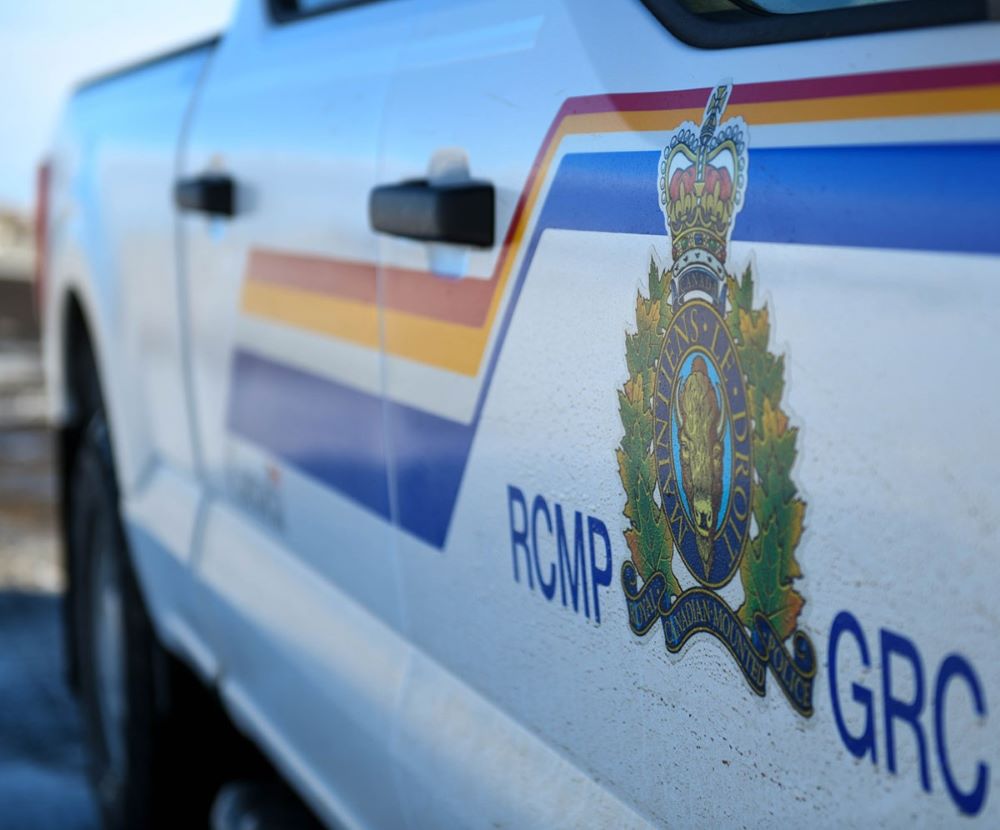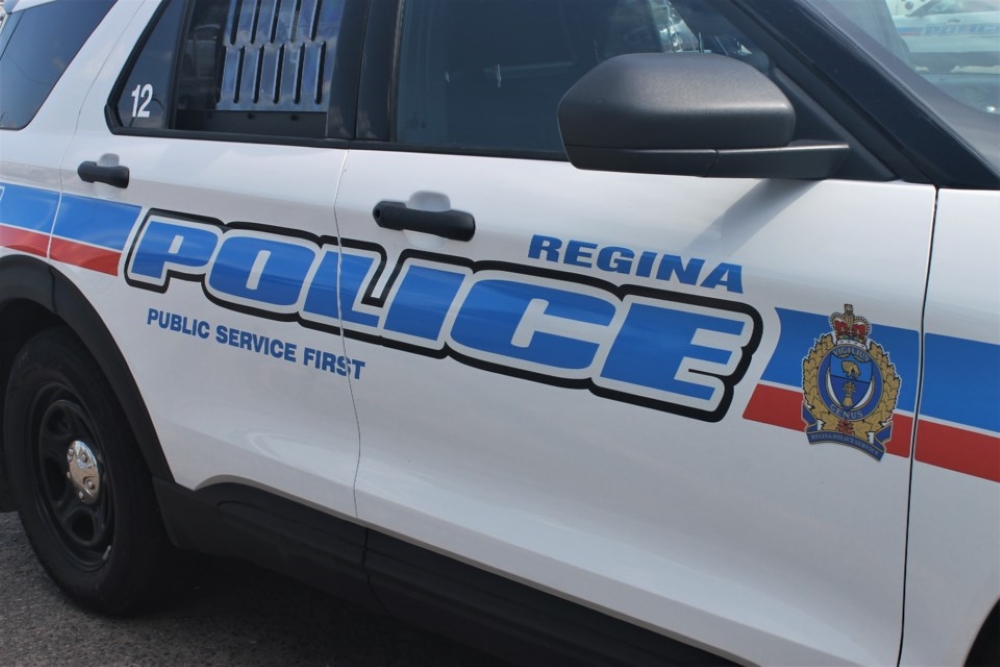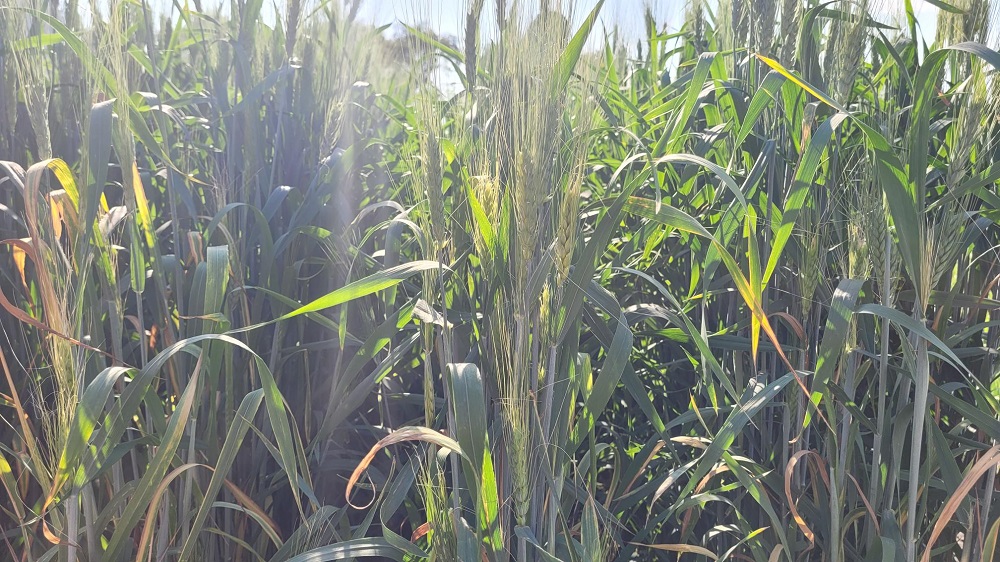Some geohazards exist along the Moose Jaw River, particularly near the edge of the valley where property owners are potentially facing shallow to moderately deep slides.
The city of Moose Jaw is going forward with a multi-year program to monitor the ground near slumping properties in the area.
Bevan Harlton with the Moose Jaw engineering department describes what’s been going on.
“In 2021, we completed our first analysis of all the slumping and slope monitoring locations in the city,” Harlton said. “From that work in 2021, we identified 47 locations… The 47 locations are inter-related. Twenty-four of them are low or very low, 12 are medium and 11 of them are high. None of them are very high.”
While none of the properties are at extremely high risk right now, needing urgent help, work in 2022 and 2023 will determine what remediation might look like.
Harlton explained that they recommended going this route based on the 2021 report from Vertex Professional Services, Inc.
“The recommendation from them was to run this next slumping program over a two year cycle, with locations being assessed either every year or every second year depending on the risk present and the amount of movement,” he said.
Council unanimously approved the recommendation for AECOM Canada to professionally assess the specific risks to those properties.
In a response to a question fro Councillor Doug Blanc, Harlton said they won’t ask agencies like Sask Highways, the watersheds, or the railways to help fund some of this… yet.
“Off the cuff, what I think we would do there is better understand what the risks are and if it comes to the point where remediation is required, at that time we look at the specific location, see who are stakeholders are and take it from there,” said Harlton. “So since we haven’t quantified or fully understood what remediation would look like by location, I can’t answer that right now.”
But Harlton said it is on their radar moving forward.
Council approved the recommendation to spend a total of $695,000 over the next two years for a company to monitor the situation.








